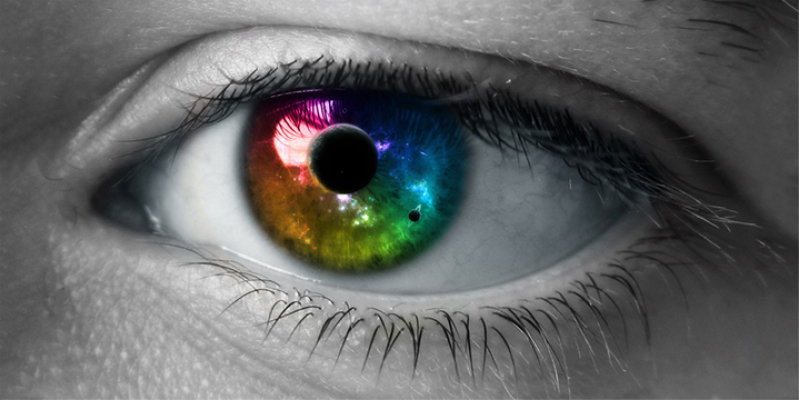
According to a new report, Apple's manufacturing partner, Quanta Computer, has begun production on a new 12-inch MacBook Air that many believe will feature the Retina Display technology found in most other Apple products.
This 12-inch Retina Display model will replace the current 11-inch MacBook Air, but the 13-inch model is expected to continue production.
Now that Intel's Broadwell chips are shipping, it could mean that this is the final piece Apple was waiting for to get its ultraportable MacBook Air up to speed, so to speak. The Core M processor, which is part of the Broadwell line, is completely fanless, meaning it takes up much less space and be used as a fast processor in a tight space.
Retina Display is Apple's own brand name for its highest resolution found on its latest devices. The higher pixel density is supposed to represent what is truly seen by a human eye's retina, but the point has already been challenged by several experts, including DisplayMate Technologies' Raymond Soneira who says that the physiology of the human retina would require at least 477 pixels per inch to be valid.
While no Apple products achieve that density yet (the closest is the iPhone 6 Plus at 401 ppi), Apple states that the distance from the eye and the screen size help determine the product as a Retina Display. When the late Apple CEO Stave Jobs introduced the iPhone 4, he claimed that the number of pixels needed for proper Retina Display is about 300 ppi for a device held 10 to 12 inches from the eye. Apple takes this number and calculates it further into something called pixels per degree, which is the company's true measure of defining Retina Display.
Retinal Neuroscientist Bryan Jones took a much deeper look at the science between how many pixels-per-inch a human retina would perceive and explained it in his blog. "So... the claim from Steve was that this display had pixels that matched the resolution display of the human retina. Now, fan of Apple that I am, this struck me as perhaps a bit hyperbolic, so I figured I'd do some quick calculations to see where this claim fell."
Ultimately, Jones found that the pixel density was sufficient for 20/20 vision considering the factors of distance and angle. "I'd find Apple's claims stand up to what the human eye can perceive," he concluded.
So far, the MacBook Air is the only major Apple device in the iPhone, iPad, iMac, or MacBook lines that lack the Retina Display technology. Many believe that this was due to the MacBook Air's focus on portability over performance, but technological advances since its initial release now allow Retina Display to be available right along with that ultraportable design.
But now, with the news that the MacBook Air is ditching the 11-inch size for a 12-inch model, it only makes sense to include the extra capabilities of Retina Display in the slightly larger package. Instead of making the laptop thicker, why not make it slightly wider while giving customers the added bonus of a larger screen?
Apple hasn't announced a price for the 12-inch MacBook Air yet, but the company is expected to drop the current 11-inch model's price to $799 and the 13-inch model to $899, so we may find the new edition somewhere around there.







